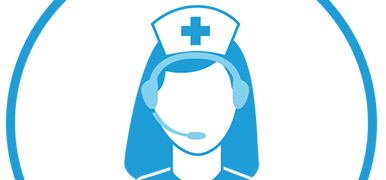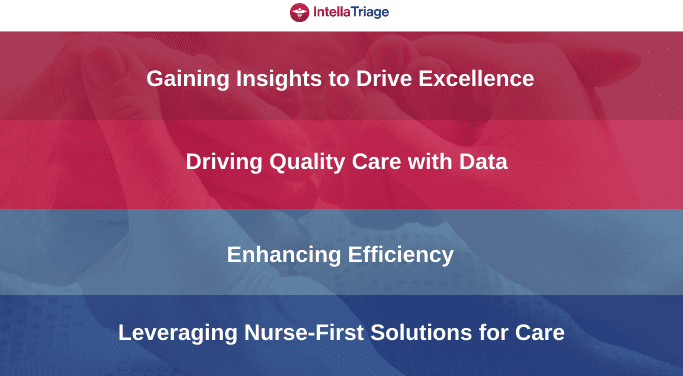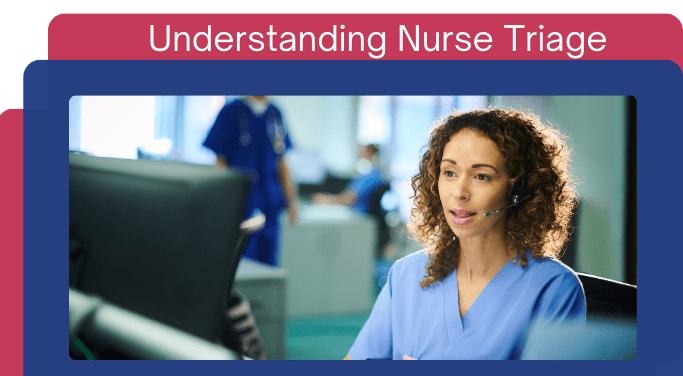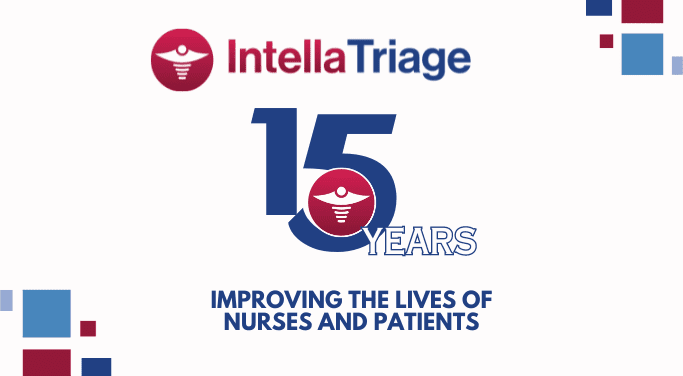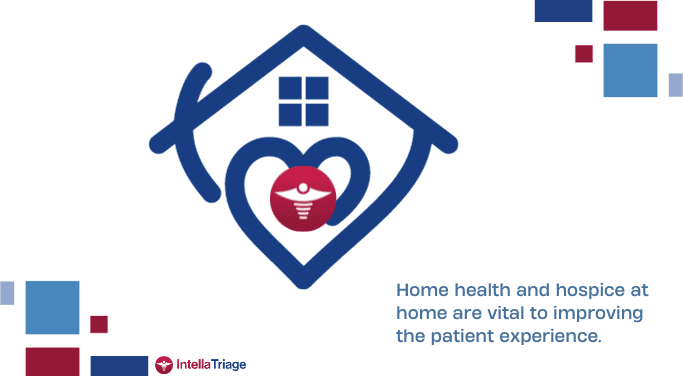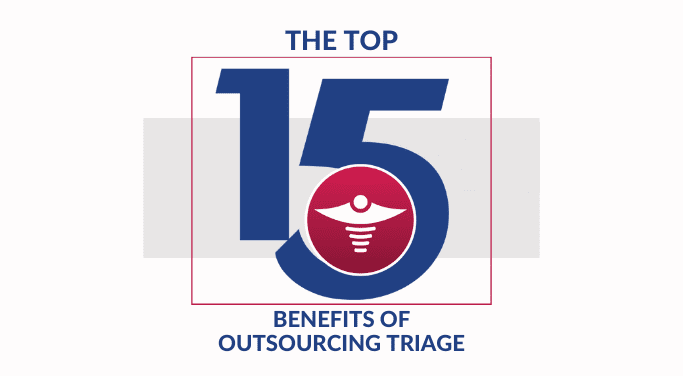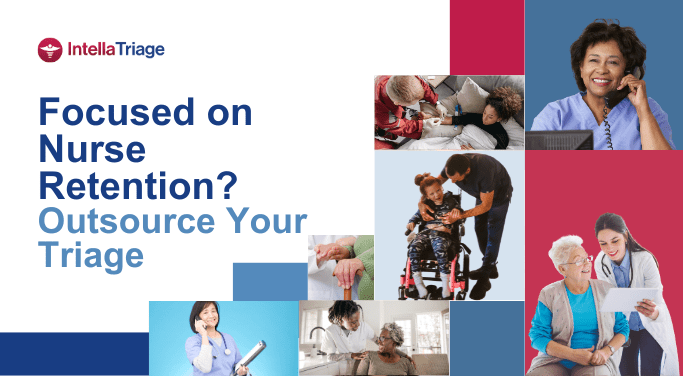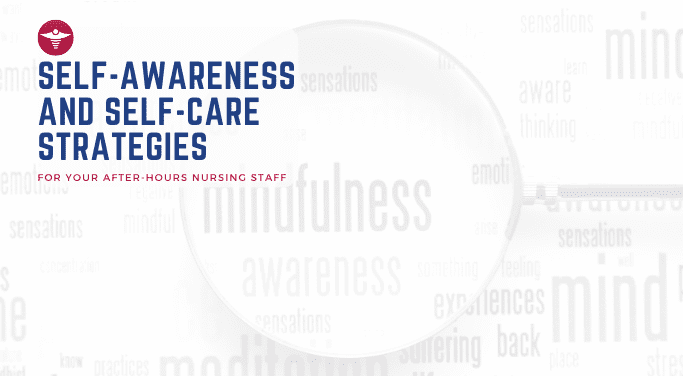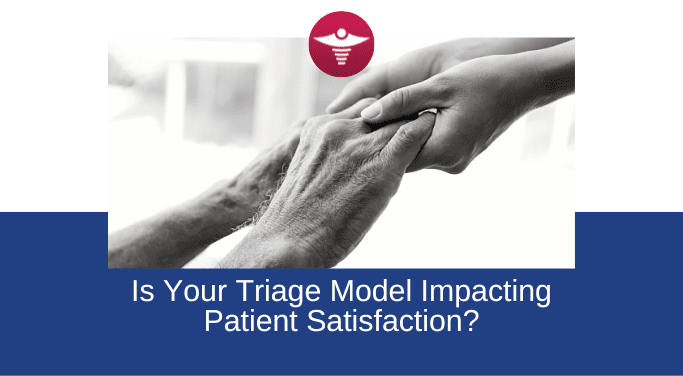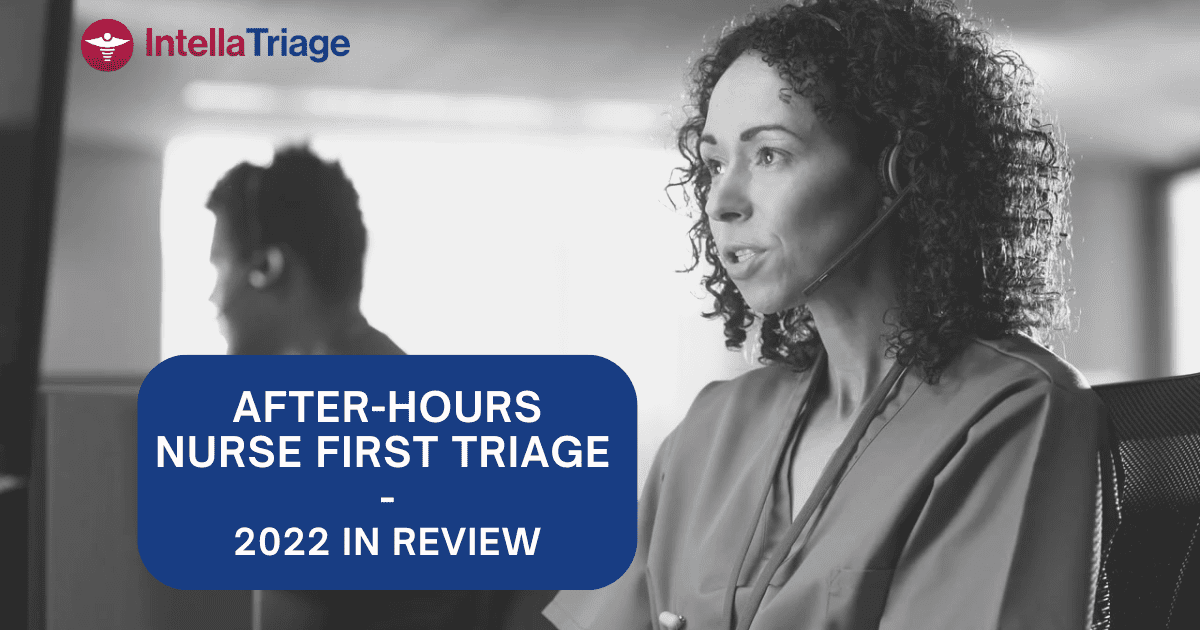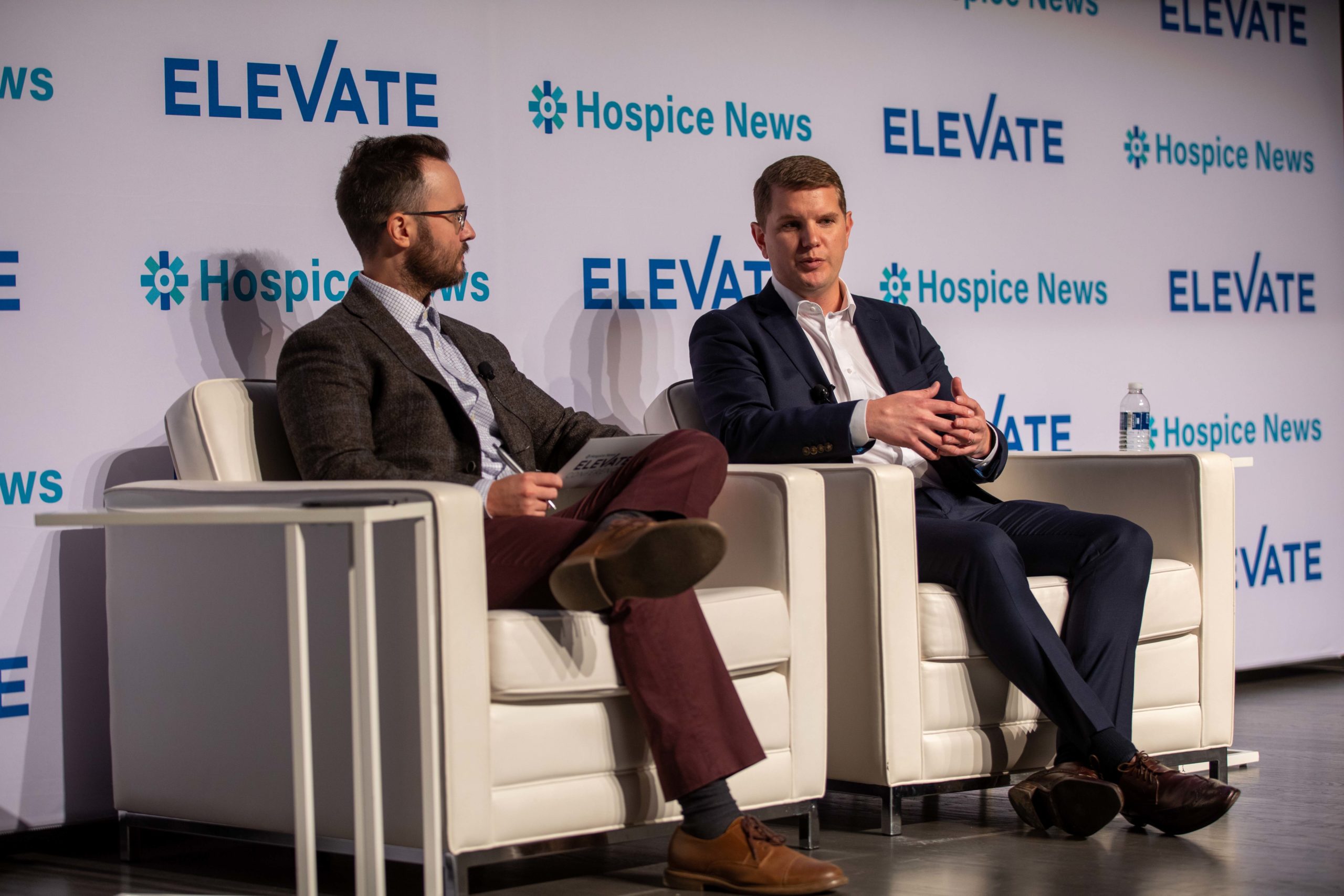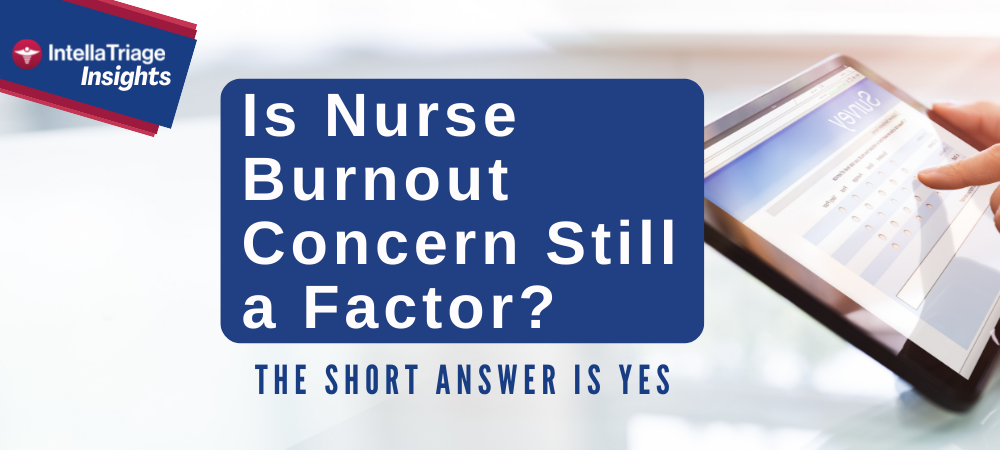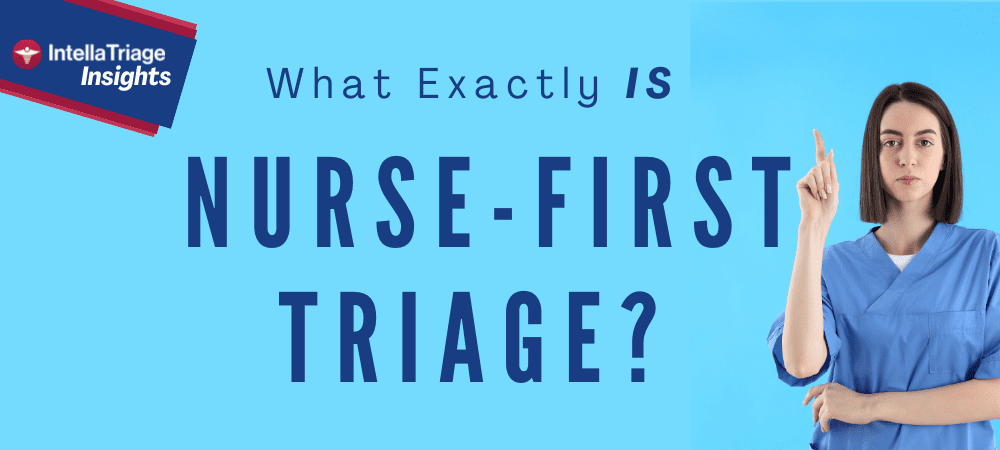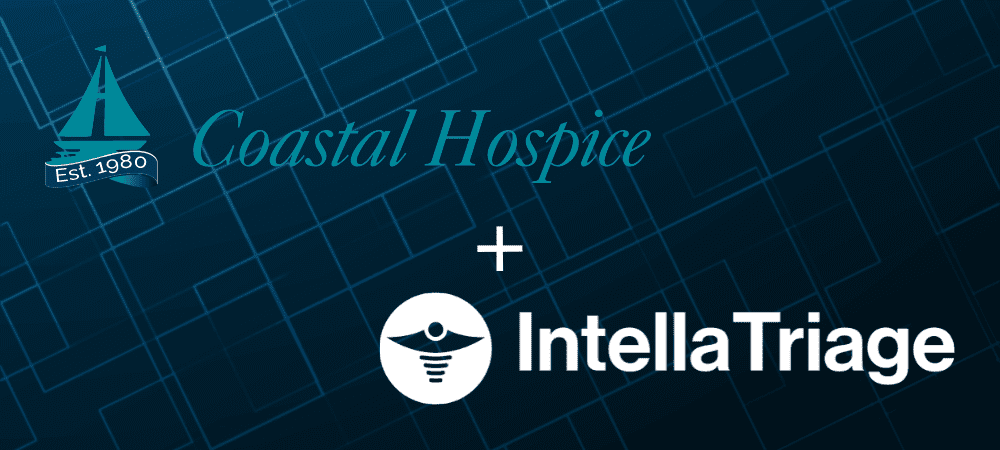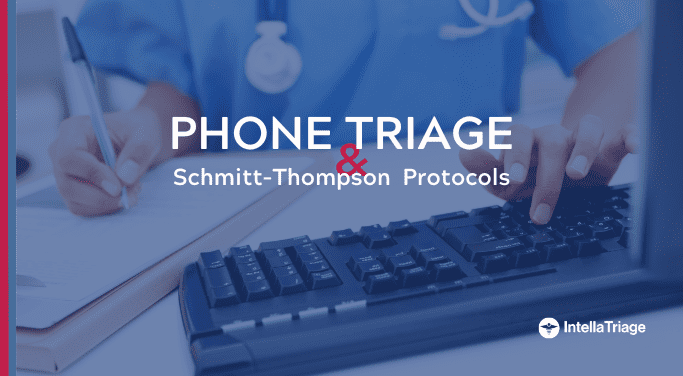How To Measure ROI For Remote Nurse Triage Service VS A Simple Answering Service
Share this
A Remote Nurse Triage Service can help providers deliver important medical care when they are needed most and help remove barriers of time, distance, and caregiver availability. When investing in a nurse triage service, healthcare organizations should consider an ROI to better understand how virtual care will impact the quality of care delivered.
However, we need to clarify a few major things when considering a Nurse Triage Service over (or replacing) a traditional Medical Call Center.
The Cost of Nurse Triage vs. Medical Call Center
For many years the only option to staffing after hour and weekend calls was medical call centers and non clinical contact centers. These types of providers are all about throughput and cost containment. What this means to you as a provider is that they focus on trying to funnel as many calls as possible through a limited number of non-clinical operators in a physical call center. This model has been the norm for over 20 years, and has created a large number of companies that service not only the medical industry, but other segments that require call center or customer contact centers. However for the medical industry, this model is no longer the best option for organizations that are looking to truly improve the patient experience, reduce staff burnout, and better address medical related calls. This can only be done with licensed nurses rather than your existing staff (taking them away from rest and recuperation or from providing live care). The one good thing about medical answering services is that they are cheap. Usually these services range anywhere between $100 and $300 a month for unlimited calls. This model makes perfect sense when the only concern you have as a healthcare provider is having the call center take messages and forward them to your staff. The problem with this low cost model, in the modern day continuum of care, is that your patients expect and deserve more attention and clinical care when they need it. Keep in mind that the medical call center model will funnel as many calls as possible into a shared pool of operators who are not clinically trained in triage care, your specific protocols or EMR.
So what options do you have when it comes to improving this process? If you are looking to simply replace your medical call center with a fully licensed nurse triage service, at the same price point as a medical answering service, there are none. In order to provide live licensed nurse care, the existing model has to be redone, rethought and reevaluated when it comes to service delivery and cost. Providers have to be willing to reinvest in care quality and rethink the cost-benefit model when it comes to switching to a nurse triage service. Simply put, nurse triage services are significantly more expensive than the call center model, but for good reason. When the two models are compared against quality of patient experience and outcomes as well as overall value to the provider and their staff the cost increase for a nurse triage service can be justified and explored in the following areas.
Readmissions Rate
Medical call centers cannot help with unnecessary readmissions. As providers are continuously measured on readmission rates and can be penalized for higher rates, keeping patients at home, identifying when interventions are needed and avoiding care escalation are paramount. All of these things cannot be addressed by a medical call center. However Nurse Triage Services are uniquely qualified to provide the post-discharge remote care needed to keep patients out of the ER, based on clinical decision making provided by licensed nurses and access to the medical records.
Staff Utilization and Satisfaction Rates
With a Nurse Triage Service, healthcare providers can now measure the re-distribution of staff, provide better resources allocation across the entire organization, and the increase in patients reached with less strain on on your existing nurse and MD resources on nights and weekends. With a medical call center these measures can’t be tracked or improved. With little to no patient care given remotely and all clinical calls being forwarded to on call providers, resources continue to be strained and staff satisfaction continues to suffer if choosing to stay with a medical call center or answering service.
Patient Satisfaction Rates
Patient satisfaction is a metric that continues to rise to the top for providers focused on the patient experience. Providers are increasingly being charged with finding ways to improve the overall experience for their patients. Many quality measures and audit standards are also including patient satisfaction in their surveys. More specifically, on most patient satisfaction surveys, after hours support and care are addressed as a major component in the survey questionnaire. For organizations that choose to continue with medical call centers this measure continues to suffer. A remote nurse triage service has been shown to increase patient satisfaction and loyalty by including the ability to access virtual care on-demand any time, with the assurance that a licensed nurse is on the other end of the call to help them with any crisis.
Patient Adherence
With a nurse triage service, providers now have the ability to track patients’ adherence to treatment to demonstrate how post-hospital discharge and remote nurse based triage impacts healthy behavior and positions your organization for downstream cost savings adding even more robust ROI. This cannot be done with a simple, monthly fee based, medical answering service and no licensed nurses providing guidance.
Final Considerations
As healthcare organizations continue to evaluate the shift from low cost, high volume call centers, to a more customized nurse based triage service, they must keep in mind that in order to upgrade their patient experience and help reduce staff burnout they must make an investment in a more comprehensive strategy that will reap tangible and non-tangible benefits for years to come. Keep in mind that in order to truly appreciate the investment that must be made in triage, providers must look beyond the simple model of paying a small monthly fee for an answering service, and think of the true benefit of having a full time Licensed Nurse ready to service patients 24 hours a day, improving their experience, creating better outcomes and solidifying an organization’s reputation as one that can provide the best care 24/7.
If you are ready to make the investment in a Nurse Triage Service and want to learn more about how IntellaTriage can help demonstrate ROI, contact us today to start a conversation.
This post was originally published in March 2019 and has been completely revamped and updated for accuracy and comprehensiveness.
